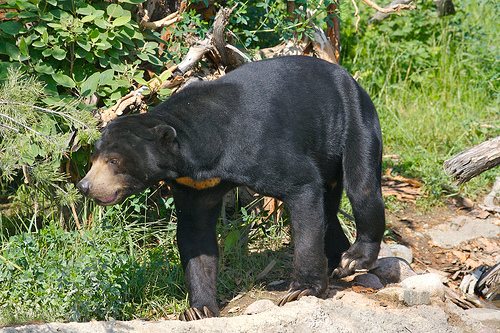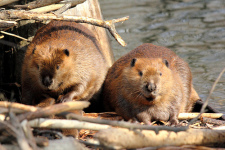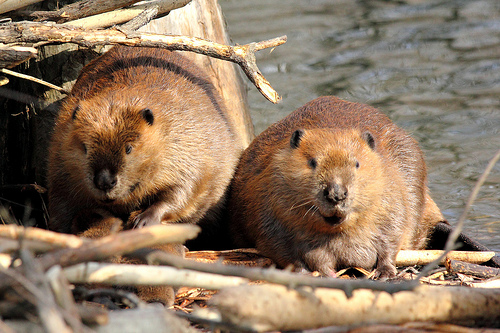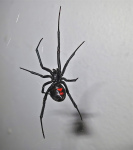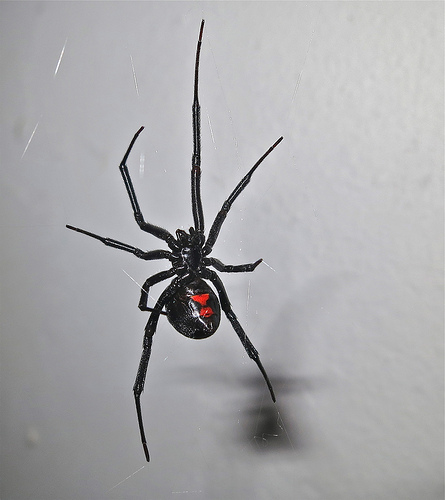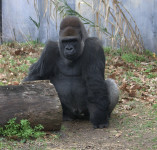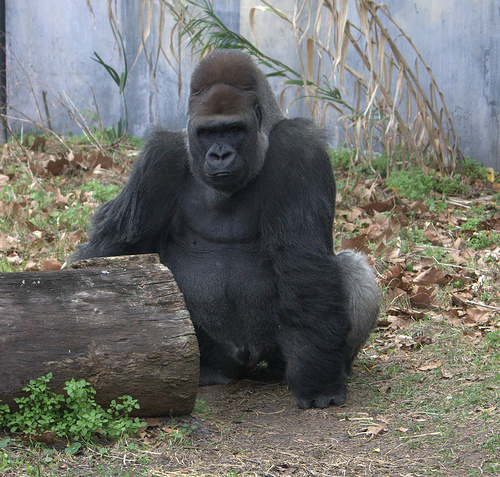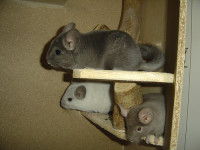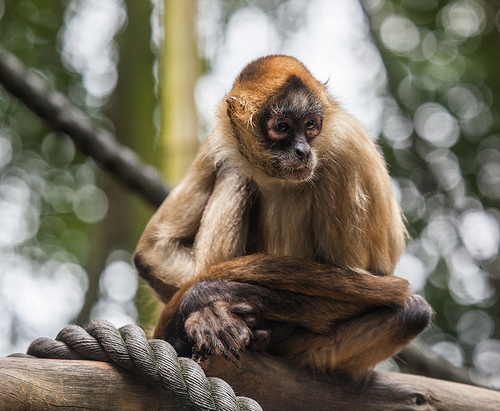
Sun bears are not bright and happy when threatened.
- Sun bears are mammals native to Southeast Asian tropical forests that typically live by themselves in trees, where they make themselves nests that they rest in.
- Sun bears have the scientific name Helarctos malayanus and are from the family Ursidae, the family of bears, and there are two subspecies – Herlarctos malayanus malayanus (Malayan) and Herlarctos malayanus euryspilus (Bornean).
- ‘Sun bears’ are also known as ‘dog bears’, due to their facial features resembling those of a dog, ‘honey bears’ and ‘Malay bears’.
- A sun bear’s fur is typically coloured black, and it can also have grey, brown, red, orange or yellow markings, especially on the upper body under the neck, where there is crescent which is interpreted as a sunrise.
- Sun bears are the smallest species of bear, and they range from 120 to 150 centimetres (4 to 5 feet) in height and grow to be 27 to 70 kilograms (60 to 150 pounds) in weight.
Sun Bear
Image courtesy of Ryan Poplin/Flickr
- The diet of sun bears mainly consists of insects including ants and termites, as well as fruit, but they also consume birds, eggs, larvae, rodents, nuts, reptiles and honey, while smaller foods are reached via a 20 to 25 centimetre (7.9 to 9.8 inch) long tongue.
- Sun bears have litters of one or two cubs that are born blind and without hair, and they have a lifespan that ranges from 15 to 30 years.
- Sun bears are classified as vulnerable due to logging illegally in forest habitats and poaching.
- Sun bears are preyed on by snakes, some large mammals from the cat family and birds of prey.
- Sun bears can move at speeds of 48 kilometres per hour (30 miles per hour) and are very fast climbers.
Bibliography:
Sun Bear, 2013, A-Z Animals, http://a-z-animals.com/animals/sun-bear/
Sun Bear, 2014, National Geographic, http://animals.nationalgeographic.com.au/animals/mammals/sun-bear/
Sun Bear, 2014, San Diego Zoo, http://animals.sandiegozoo.org/animals/sun-bear
Sun Bear, 2014, Wikipedia, http://en.wikipedia.org/wiki/Sun_bear






